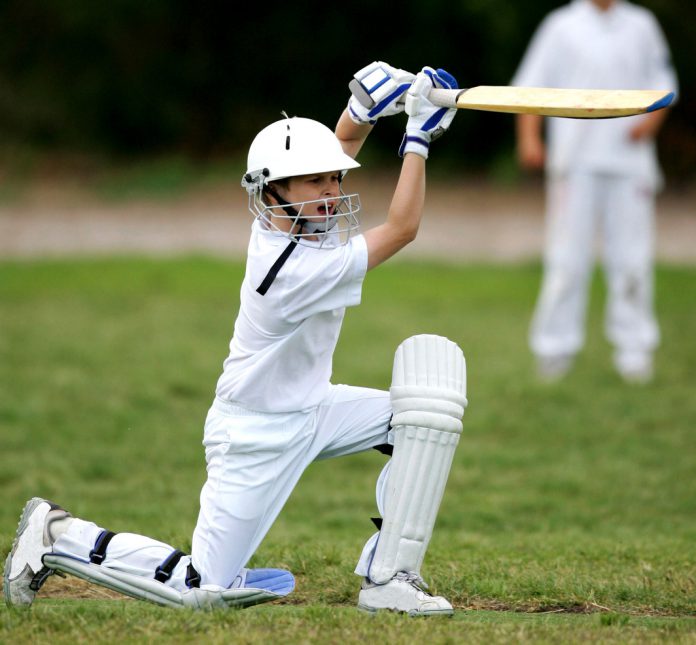Suppose the opening bowler chargers in and releases the ball towards off stump at 100 km/hr-1.
The batter swings the bat and cuts the ball to point for a single.
The next ball is delivered at the same speed, with exactly the same trajectory.
This time, his partner swings the bat and smashes the ball through the covers for four.
What changed?
Perhaps the second batter’s timing was better.
Or perhaps, he carried a heavier bat and could swing it faster.
While there are many elements to successful performance, in youth sport, the physical often dominates.
Older players do better.
Research shows that batters selected into representative cricket teams at the U15, U17 and U19 level are relatively older. It’s called the relative age effect, and it means that players born in the first quarter of the year are at higher odds of making the cut.
It’s an effect also seen in soccer and tennis.
It makes sense, too.
Older players have more time to grow, so when selection comes around, they are physically more mature than their younger counterparts.
And when it comes to interceptive timing tasks, like batting, strength is an advantage.
Why? A faster swing velocity.
And the faster the bat goes, the more power you can generate.
A temporary advantage
Crucially, the relative age effect wears out at the elite level.
No longer does bigger, faster, stronger provide the upper hand.
How we select our youth teams, therefore, needs some thinking about.





































